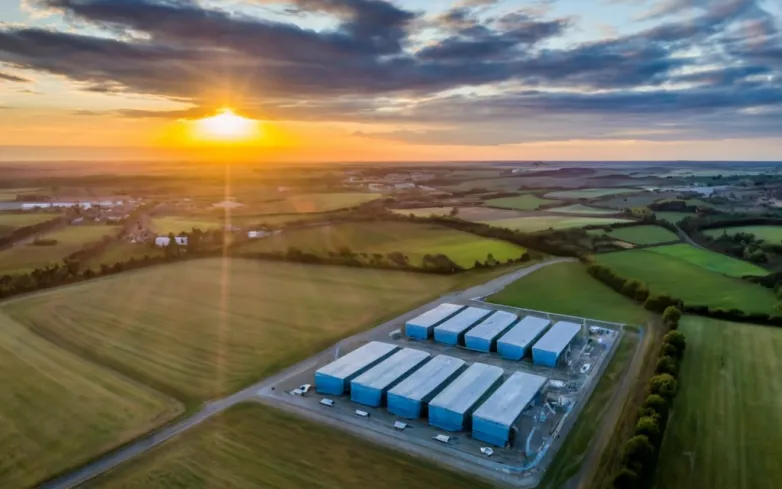AGL Secures Approval for Large-Scale Battery in NSW
- AGL Energy secures approval for a $1 billion battery to power 200,000 homes, boosting renewable energy in Newcastle and creating 200 jobs. Energizing the future!

AGL Energy Ltd has received approval from the New South Wales government to build a 500-MW battery energy storage system (BESS) valued at AUD 1 billion (USD 650.9 million) in Newcastle, Australia. This significant project, known as the Tomago battery storage complex, will be one of the largest in New South Wales and aims to enhance energy reliability in the Hunter-Central Coast Renewable Energy Zone (REZ).
The facility, located near Raymond Terrace, will store excess electricity during low-demand periods and deliver it during peak demand, potentially servicing around 200,000 homes. The construction phase is anticipated to create approximately 200 jobs and complements AGL’s growing portfolio of large-scale battery initiatives, which includes another 500-MW project at the former Liddell coal plant.
How will AGL's Tomago battery project impact energy reliability and local job creation?
Enhanced Energy Reliability:
- The Tomago battery project is expected to contribute significantly to the stability of the electricity grid in New South Wales by providing a buffer against fluctuations in renewable energy supply.
- By storing excess energy generated during periods of high renewables output (e.g., sunny or windy days), the facility can release stored energy during peak demand times, thereby mitigating the risk of blackouts or energy shortages.
- The integration of this battery system within the Hunter-Central Coast Renewable Energy Zone will facilitate the smooth operation of renewable energy sources, assisting in their wider adoption.
Support for Renewable Integration:
- The project will support the transition to a cleaner energy system by enabling a more significant penetration of variable renewable energy sources like solar and wind.
- With greater energy storage capabilities, operators can manage renewable generation more effectively, ensuring that surplus energy does not go to waste.
Local Economic Impact:
- Beyond the immediate job creation during construction, the project is likely to stimulate local economies by attracting businesses related to renewable energy, construction, and maintenance services.
- Long-term operational jobs will likely emerge once the facility is operational, creating additional employment opportunities in energy management, battery maintenance, and facility oversight.
Investment in Training and Skills Development:
- AGL may invest in workforce training programs to equip local workers with the necessary skills for jobs in the renewable energy sector, including battery operation and maintenance, engineering, and technical support roles.
- This training will help ensure that the local workforce can adapt to and thrive in the evolving energy landscape.
Community Engagement and Benefits:
- AGL can engage with local communities to communicate the benefits of the project, addressing any concerns about noise or environmental impact while highlighting the advantages of improved local energy reliability.
- The project could lead to infrastructure investments in the area, such as upgrades to roads and utility services, benefiting local residents.
Contribution to Policy Goals:
- The Tomago project aligns with the Australian government’s renewable energy and carbon reduction targets, showcasing a commitment to combatting climate change.
- By increasing energy reliability through storage solutions, the project supports the government's goals of transitioning to a low-emission economy.
Overall, AGL’s Tomago battery project is set to play a pivotal role in enhancing energy reliability, fostering local job creation, and supporting the transition to a sustainable energy future in New South Wales.
Also read

